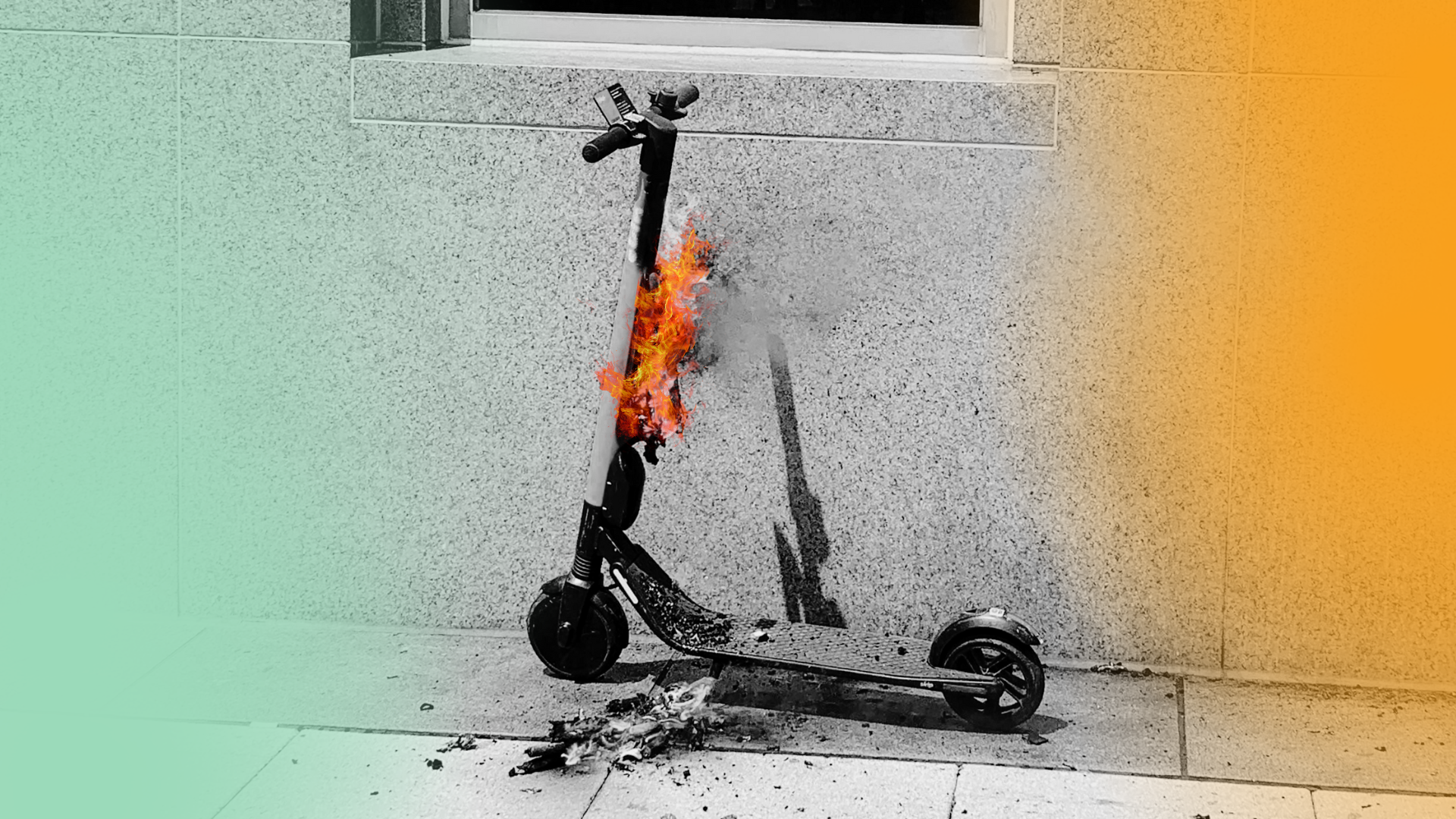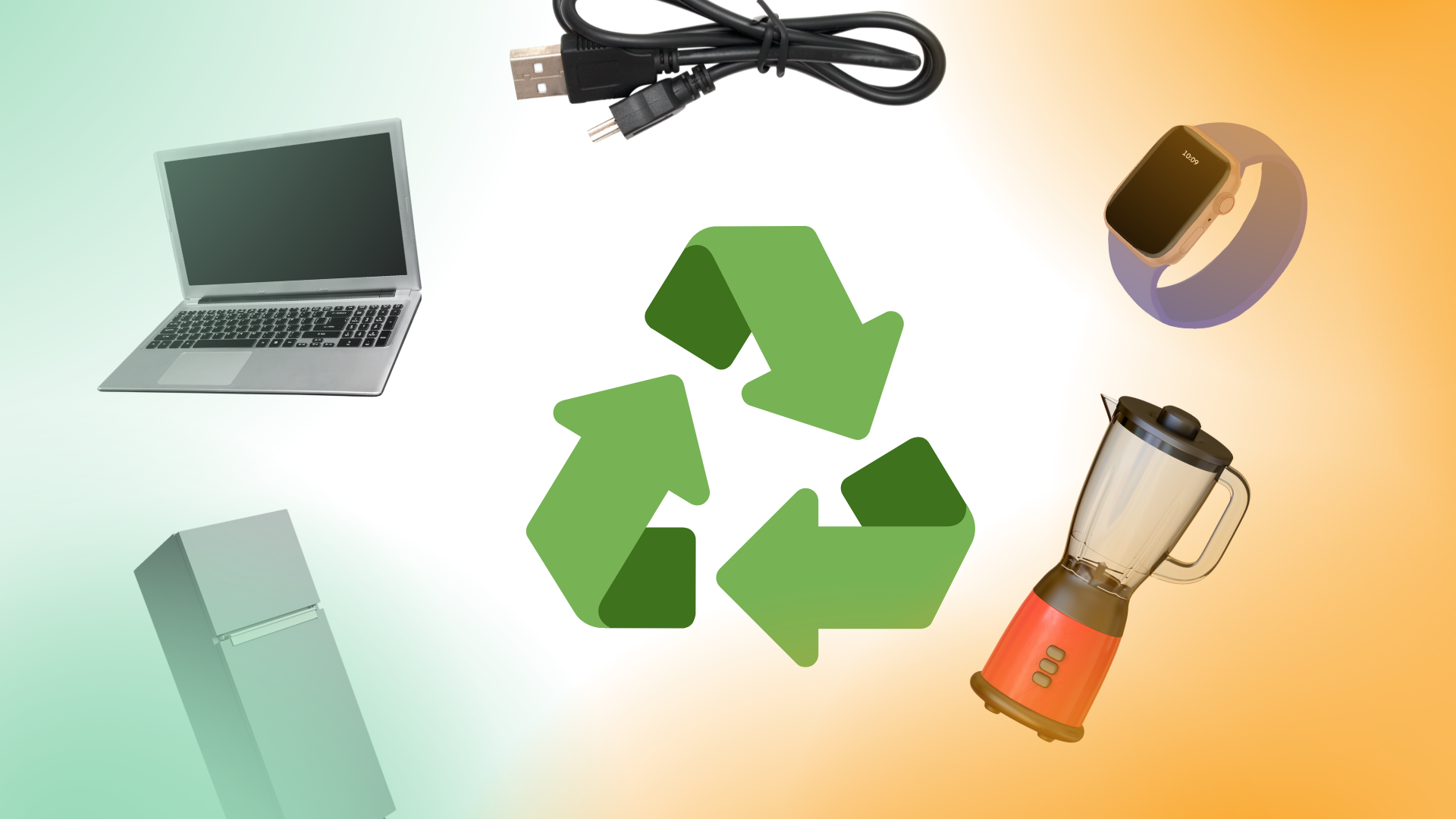Download: HSE Heat Stress Risk Checklist
Free Download from the HSE
Stay Safe This Summer: Download the HSE Heat Stress Checklist
As temperatures rise, so does the risk of heat stress, especially for those working in environments like construction sites, warehouses, kitchens, or outdoor settings. Prolonged exposure to heat can pose serious health risks and affect productivity, which is why employers and safety officers must stay vigilant.
One simple yet effective tool to help manage this risk is the HSE Heat Stress Checklist a free download to support safer, more informed workplaces.
👉 [Download the HSE Heat Stress Checklist here]
There's no law for maximum working temperature, or when it's too hot to work, because every workplace is different, but you must be sure you are doing all you reasonably can do and assess the risk. Why use the Heat Stress Risk Assessment checklist and see how things are going.
What Is the HSE Heat Stress Checklist?
Created by the UK’s Health and Safety Executive (HSE), this checklist is a practical tool for assessing the risk of heat stress in the workplace. It walks you through key factors that contribute to heat-related illness, helping you spot potential hazards before they escalate into serious issues.
It includes prompts and considerations around:
- Environmental conditions (e.g., air temperature, humidity, ventilation)
- Work demands (physical effort, PPE requirements)
- Worker health (age, medical conditions, acclimatisation)
- Control measures currently in place
Who Should Use the Checklist?
This tool is particularly valuable for:
- Health & safety officers
- Site supervisors
- Facilities managers
- HR teams responsible for wellbeing policies
Whether you manage a small team or an entire site, this checklist is a great starting point for reviewing your heat safety protocols.











